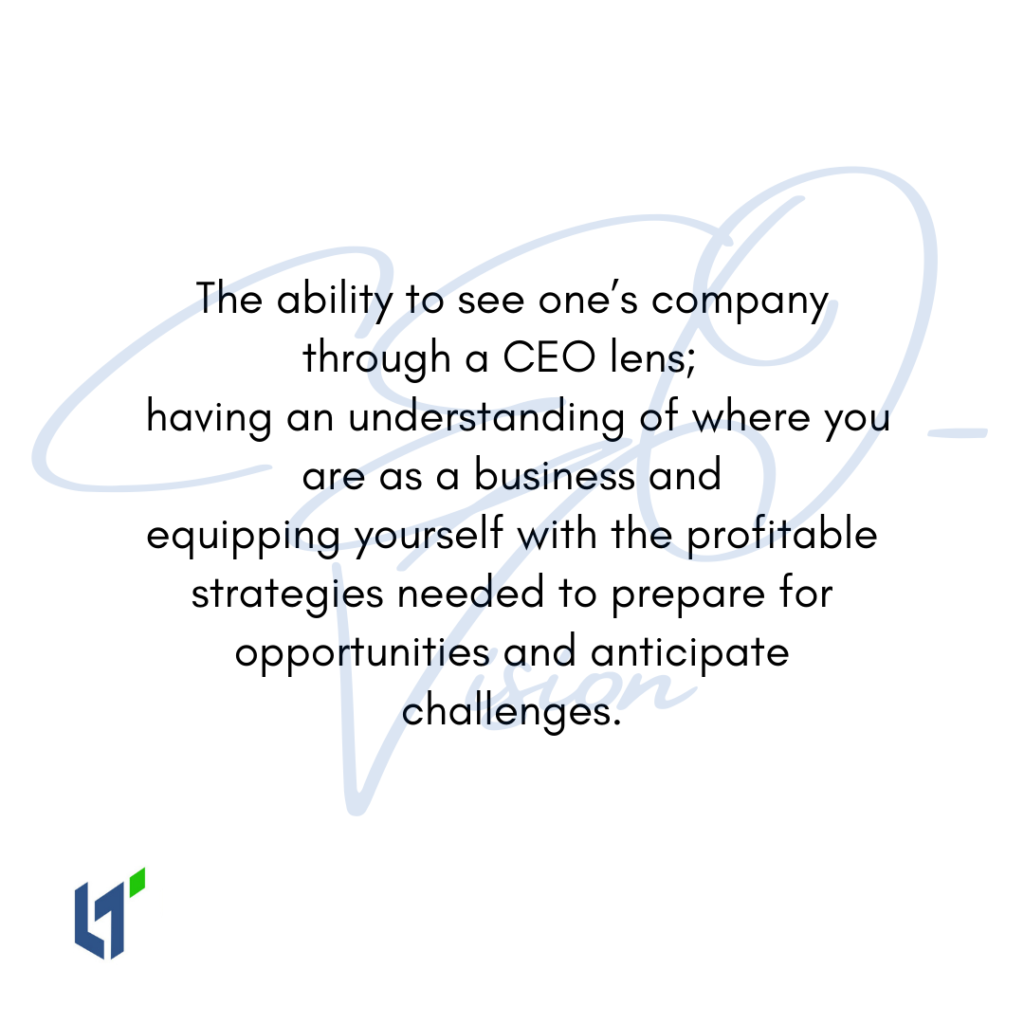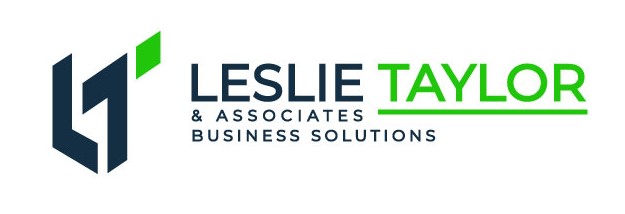While small businesses are different in many ways from larger corporations, some things still ring true regardless of business size or industry.
If you truly want to lead your business like a CEO (#CEOVision), you must have the tools and information needed to do so. Many business owners make decisions based off emotion and their (very real) pains and struggles (I see you and acknowledge the struggle). As well, shiny-object syndrome is real (Defn. – Wanting ALL the things, tools and resources for your business NOW).
Where the problem comes is when business owners begin to make decisions to address these issues without fully understanding the effect of their decisions on their businesses.
And while none of us can tell the future, nor will we ever have all the information, there is a way you can move forward more confidently using tools and the information you already have so you can make these decisions based on a strategy.
There are 3 tools, which when used properly, can help owners, and soon-to-be business owners make decisions that improve their businesses, their profits, and their chances of success.
These tools are the financial statements. Unfortunately, most small business owners don’t understand them, or know how to use them.
If you truly want to lead your business like a CEO, you must absolutely have these statements and understand them. They are critical for growing your business profitably. This is not just because they will help your tax professional develop the best strategy, but because when interpreted correctly, they can help you improve how you run your business and allow you to maximize (and realize) it’s fullest potential.
Regardless of whether your goals are to remain a micro business, or become an empire, I am sure you want to maximize your business’s fullest profit potential.

So, let’s talk about the 3 financial statements I recommend for every small business and why I believe you absolutely need them.
Statement #1 – The Balance Sheet
The balance sheet shows what a business owns, owes, and what is left over. This sheet is extremely important for businesses because it is a strong gauge of a business’s health. This statement answers questions such as:
How much debt does the business have?
How much does the business own in assets?
How easy/difficult would it be for the business to pay off its debt?
Further, the balance sheet is a non-negotiable for businesses seeking financing from outside sources.
Statement #2 – The Income Statement (aka the Profit and Loss Statement)
The income statement or P&L is everyone’s favorite because it shows profitability (or lack thereof). A P&L can be made up of several lines of numbers, which can sometimes overwhelm folks. Just keep in mind it is only made up of 3 main areas: income, costs and expenses, net profit. First, there is the revenue generated from all the hard work of you and your team, the sales revenue or income. The next section shows the expenses and costs associated with doing the work. Hopefully, there is money leftover, which we call net profit. Net profit gets everyone excited because it is what is left after costs and expenses are paid. The literal bottom line of the P&L is net profit. However, this statement can be misleading because it does not include things like loan or credit card payments. This means use caution when using this statement. It is here where statement #3 becomes extremely useful. Be patient, we will get there.
The benefits of the P&L involve having the ability to understand things like
- Which products or services are making you the most money?
- Which products or services are making you money most efficiently—meaning you get to keep more of what you make?
- Changes to costs and expenses over time so you can manage them (or eliminate/reduce them)
- Is your pricing sufficient?
- The effects of past and future decisions (new product or service launches, hires, financial outlook for a new business)
Statement #3 – The Statement of Cash Flows
Last, but not least is the statement of cash flows. This statement is important because it explains the flow of cash into and out of your business. It explains the difference between the net income that I discussed on the P&L statement and your bank account. This is the answer to the question I hear often when I begin to work with new clients, “Where did my money go?”
These are the three statements that companies large and small have used for decades to run profitably. Ask your financial professional for them by name.
If you want to learn even more about the statements and how to use them to improve your how you do business, as well as increase your profits, I will be doing a SCORE webinar on Friday, April 30, 2021 at 10am. Go to Understanding Small Business Financials: The Road to Profitability to learn more and register.
If you are reading this post and were unable to to attend this live webinar send an email to info@ltaylorassociates.com to obtain a recorded copy for a nominal fee.

